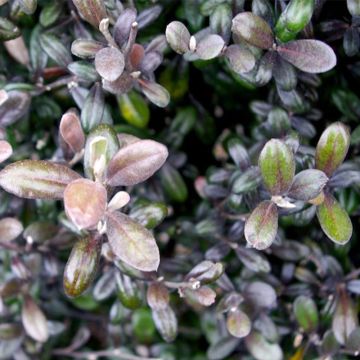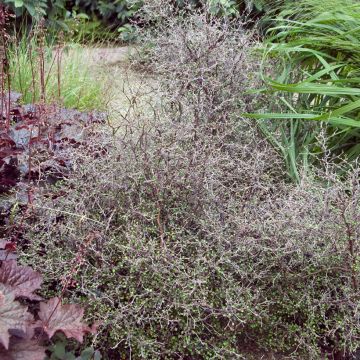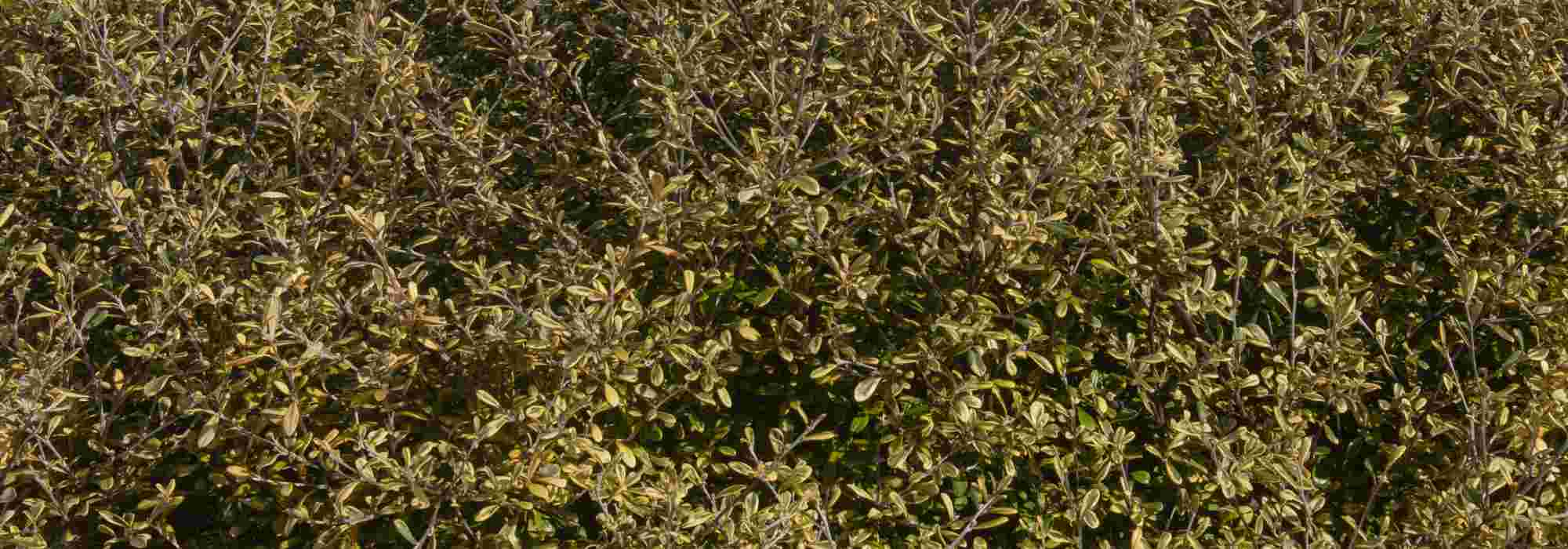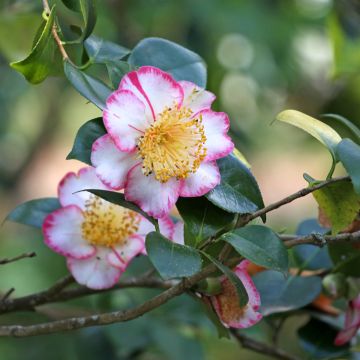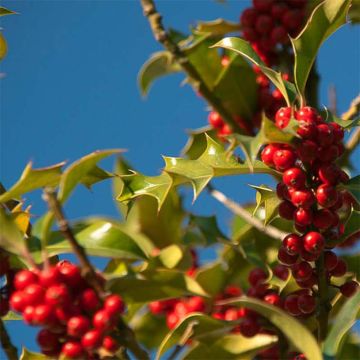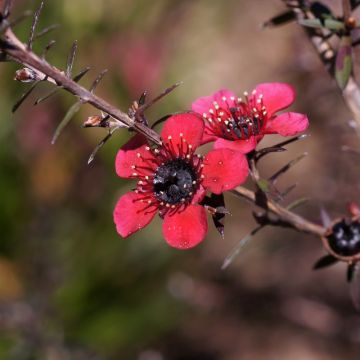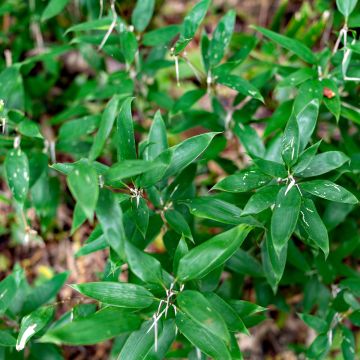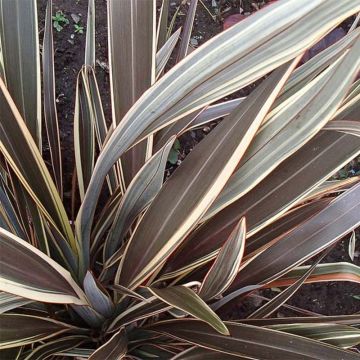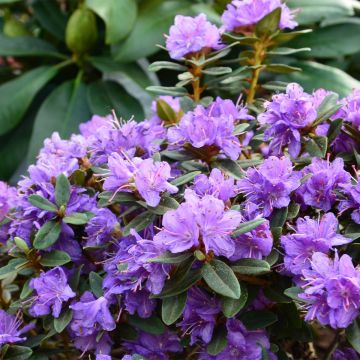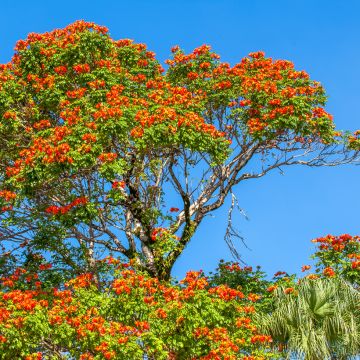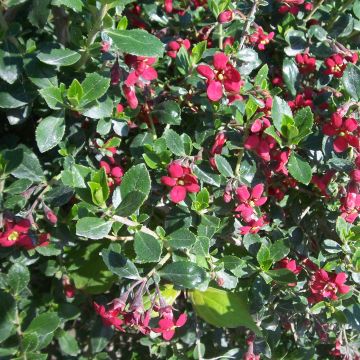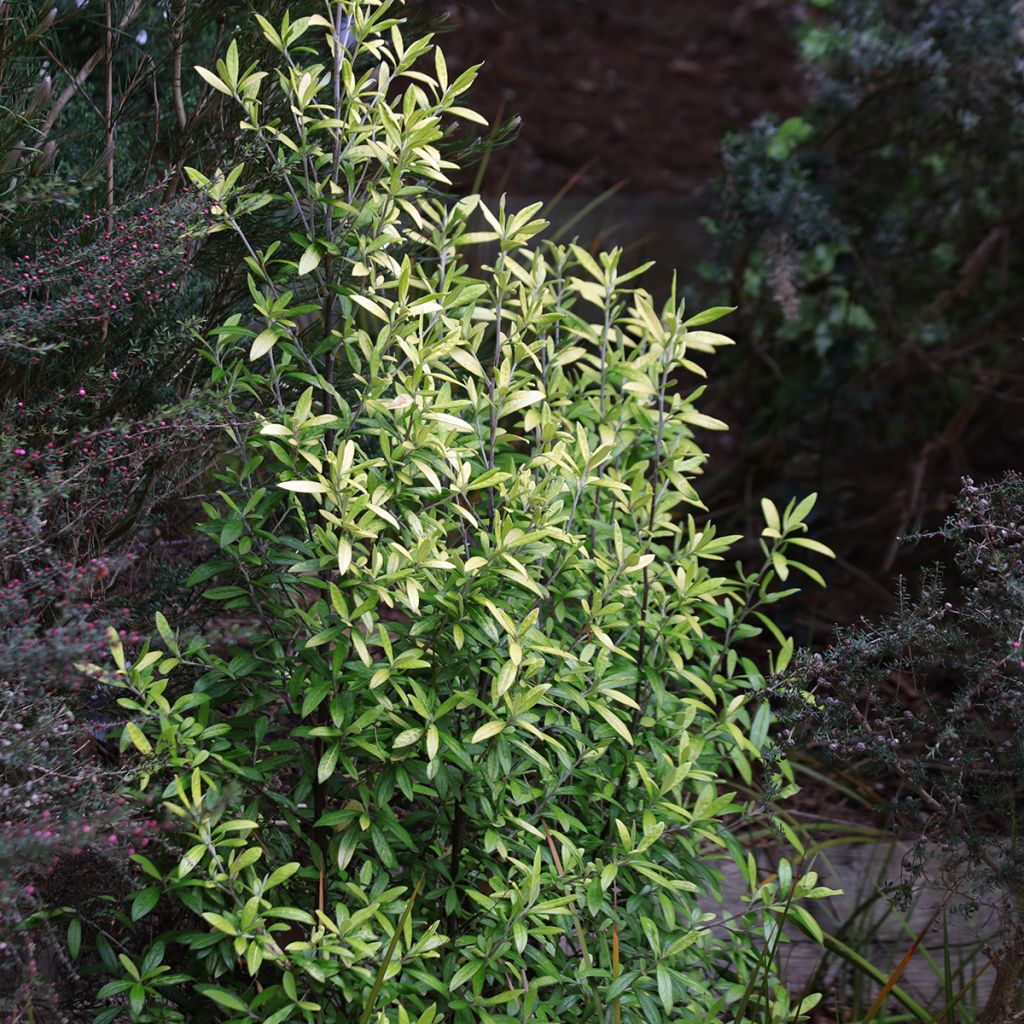

Corokia virgata Banana Royal
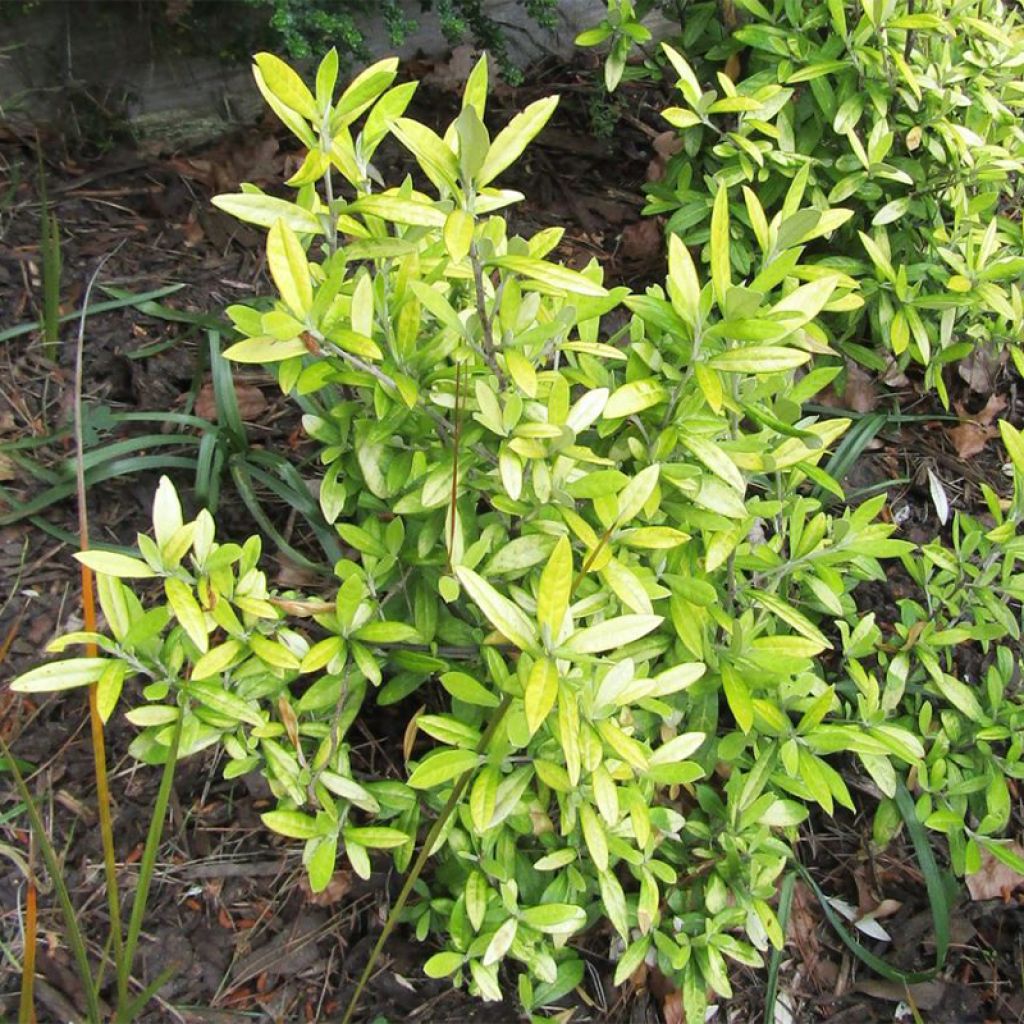

Corokia virgata Banana Royal
Corokia virgata Banana Royal
Corokia x virgata Banana Royal
wire-netting bush
Special offer!
Receive a €20 voucher for any order over €90 (excluding delivery costs, credit notes, and plastic-free options)!
1- Add your favorite plants to your cart.
2- Once you have reached €90, confirm your order (you can even choose the delivery date!).
3- As soon as your order is shipped, you will receive an email containing your voucher code, valid for 3 months (90 days).
Your voucher is unique and can only be used once, for any order with a minimum value of €20, excluding delivery costs.
Can be combined with other current offers, non-divisible and non-refundable.
Why not try an alternative variety in stock?
View all →This plant carries a 24 months recovery warranty
More information
We guarantee the quality of our plants for a full growing cycle, and will replace at our expense any plant that fails to recover under normal climatic and planting conditions.
Does this plant fit my garden?
Set up your Plantfit profile →
Description
Corokia x virgata Banana Royal is a compact and beautifully coloured version of a little-known New Zealand bush, locally known as 'zigzag bush' due to the tangled appearance of its branches. It has small, tough leaves that are a bright yellow and is covered in spring with a constellation of small, pale yellow star-shaped, fragrant flowers. With a naturally compact habit, the plant does not require pruning. In coastal gardens, the Corokia x virgata thrives in low hedges. Moderately hardy, it is better to plant it in a pot that can be protected from severe frost in colder regions.
Corokia x virgata Banana Royal belongs to the Corokiacées family. Its ancestor is native to New Zealand and is a spontaneous hybrid between Corokia cotoneaster and C. buddleioides. 'Banana Royal' is a small, bushy shrub with a fairly dense habit and slender and angular branches that turn black over time. It reaches about 1m (3 ft 4 in) in all directions, sometimes more, depending on the growing conditions. Its somewhat sparse foliage persists in winter. It has small spoon-shaped leaves measuring 0.5 to 2cm (0.2 to 0.8 in) long, light and vibrant yellow, shiny, with varying shades of light green and a fuzzy white underside. Flowering occurs in May and takes the form of small, fragrant, star-shaped flowers with five yellow petals, measuring 1 to 2cm (0.4 to 0.8 in) in diameter, appearing either solitary or clustered in groups of four in the axils of the leaves. These flowers, once pollinated by insects, give way to small round fruits that turn red in autumn when ripe.
Corokia Banana Royal is not very hardy and will perish below -5°C. However, this shrub adapts to a wide range of soils, even poor and chalky ones, and is easy to grow both in the ground and in pots. Plant it in a low hedge, in a gravel bed, or on a slope where it can retain the soil. The Corokia Banana Royal also makes a beautiful standalone plant, appreciated for its unusual appearance in winter. To accompany it, you can choose, for example, a caryopteris, a Boronia, and Callirhoe involucrata.
Corokia virgata Banana Royal in pictures
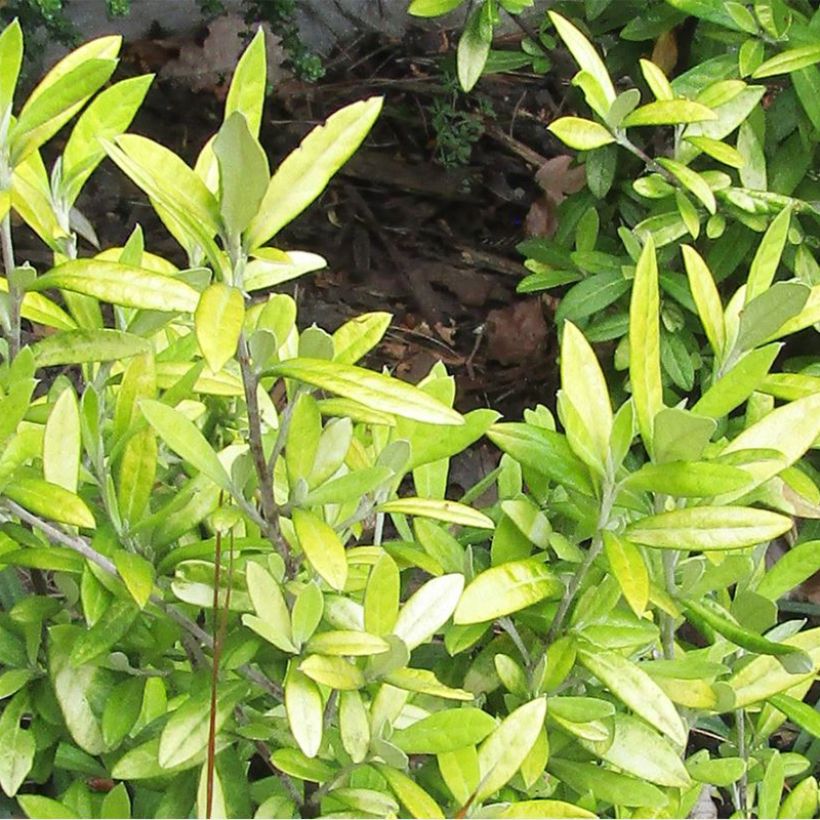

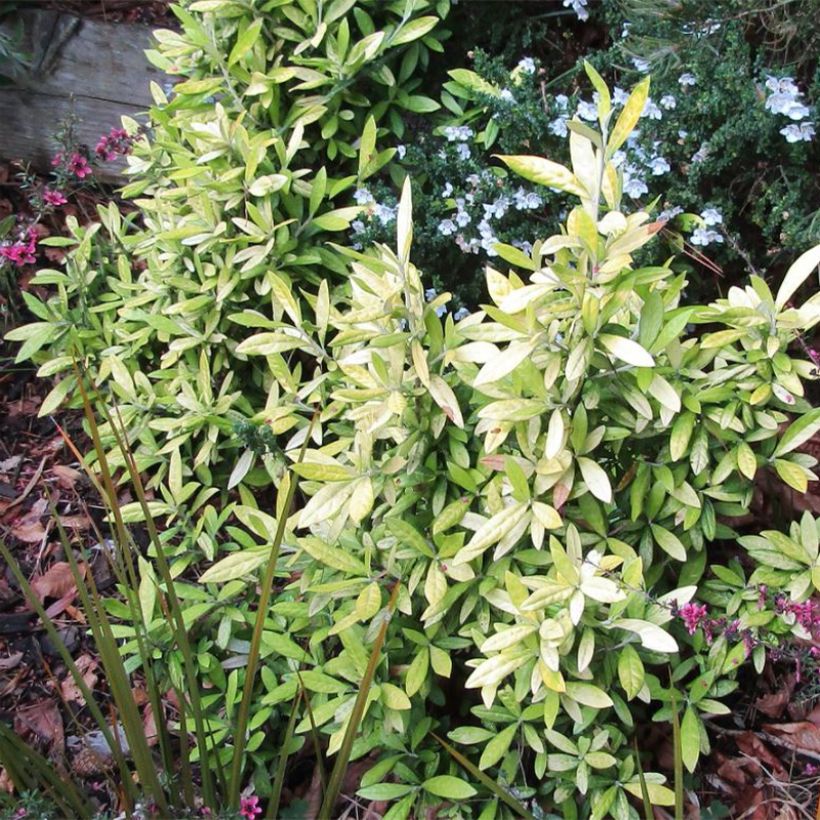

Plant habit
Flowering
Foliage
Botanical data
Corokia
x virgata
Banana Royal
Corokiaceae
wire-netting bush
Cultivar or hybrid
Other Corokia
View all →Planting and care
Corokia x virgata Banana Royal prefers to be in the sun, sheltered from cold, drying winds, but it can also be placed in partial shade. Plant in fertile and light soil, preferably moist but well-drained. It is a fairly tolerant plant that accepts limestone and poor soils well. Its drought resistance is quite good, but it will require some watering in summer in the driest regions. Under a fairly mild maritime climate, this bush can be planted in an open space, either individually or as a hedge. Prune lightly to maintain shape. If necessary, severe pruning can be done to limit growth. To prevent damage from cold during the winter period, protect the bushes by covering the soil around the trunk with straw or dry leaves.
Cultivation in pots is possible, using a mix of potting soil, coarse sand, and fine garden soil. Use a large pot with drainage holes and create a layer of clay pebbles or pottery shards to facilitate drainage and water flow. Water regularly. Shelter your potted plant in a bright but unheated room during winter and reduce watering.
Planting period
Intended location
Care
Planting & care advice
This item has not been reviewed yet - be the first to leave a review about it.
Similar products
Haven't found what you were looking for?
Hardiness is the lowest winter temperature a plant can endure without suffering serious damage or even dying. However, hardiness is affected by location (a sheltered area, such as a patio), protection (winter cover) and soil type (hardiness is improved by well-drained soil).

Photo Sharing Terms & Conditions
In order to encourage gardeners to interact and share their experiences, Promesse de fleurs offers various media enabling content to be uploaded onto its Site - in particular via the ‘Photo sharing’ module.
The User agrees to refrain from:
- Posting any content that is illegal, prejudicial, insulting, racist, inciteful to hatred, revisionist, contrary to public decency, that infringes on privacy or on the privacy rights of third parties, in particular the publicity rights of persons and goods, intellectual property rights, or the right to privacy.
- Submitting content on behalf of a third party;
- Impersonate the identity of a third party and/or publish any personal information about a third party;
In general, the User undertakes to refrain from any unethical behaviour.
All Content (in particular text, comments, files, images, photos, videos, creative works, etc.), which may be subject to property or intellectual property rights, image or other private rights, shall remain the property of the User, subject to the limited rights granted by the terms of the licence granted by Promesse de fleurs as stated below. Users are at liberty to publish or not to publish such Content on the Site, notably via the ‘Photo Sharing’ facility, and accept that this Content shall be made public and freely accessible, notably on the Internet.
Users further acknowledge, undertake to have ,and guarantee that they hold all necessary rights and permissions to publish such material on the Site, in particular with regard to the legislation in force pertaining to any privacy, property, intellectual property, image, or contractual rights, or rights of any other nature. By publishing such Content on the Site, Users acknowledge accepting full liability as publishers of the Content within the meaning of the law, and grant Promesse de fleurs, free of charge, an inclusive, worldwide licence for the said Content for the entire duration of its publication, including all reproduction, representation, up/downloading, displaying, performing, transmission, and storage rights.
Users also grant permission for their name to be linked to the Content and accept that this link may not always be made available.
By engaging in posting material, Users consent to their Content becoming automatically accessible on the Internet, in particular on other sites and/or blogs and/or web pages of the Promesse de fleurs site, including in particular social pages and the Promesse de fleurs catalogue.
Users may secure the removal of entrusted content free of charge by issuing a simple request via our contact form.
The flowering period indicated on our website applies to countries and regions located in USDA zone 8 (France, the United Kingdom, Ireland, the Netherlands, etc.)
It will vary according to where you live:
- In zones 9 to 10 (Italy, Spain, Greece, etc.), flowering will occur about 2 to 4 weeks earlier.
- In zones 6 to 7 (Germany, Poland, Slovenia, and lower mountainous regions), flowering will be delayed by 2 to 3 weeks.
- In zone 5 (Central Europe, Scandinavia), blooming will be delayed by 3 to 5 weeks.
In temperate climates, pruning of spring-flowering shrubs (forsythia, spireas, etc.) should be done just after flowering.
Pruning of summer-flowering shrubs (Indian Lilac, Perovskia, etc.) can be done in winter or spring.
In cold regions as well as with frost-sensitive plants, avoid pruning too early when severe frosts may still occur.
The planting period indicated on our website applies to countries and regions located in USDA zone 8 (France, United Kingdom, Ireland, Netherlands).
It will vary according to where you live:
- In Mediterranean zones (Marseille, Madrid, Milan, etc.), autumn and winter are the best planting periods.
- In continental zones (Strasbourg, Munich, Vienna, etc.), delay planting by 2 to 3 weeks in spring and bring it forward by 2 to 4 weeks in autumn.
- In mountainous regions (the Alps, Pyrenees, Carpathians, etc.), it is best to plant in late spring (May-June) or late summer (August-September).
The harvesting period indicated on our website applies to countries and regions in USDA zone 8 (France, England, Ireland, the Netherlands).
In colder areas (Scandinavia, Poland, Austria...) fruit and vegetable harvests are likely to be delayed by 3-4 weeks.
In warmer areas (Italy, Spain, Greece, etc.), harvesting will probably take place earlier, depending on weather conditions.
The sowing periods indicated on our website apply to countries and regions within USDA Zone 8 (France, UK, Ireland, Netherlands).
In colder areas (Scandinavia, Poland, Austria...), delay any outdoor sowing by 3-4 weeks, or sow under glass.
In warmer climes (Italy, Spain, Greece, etc.), bring outdoor sowing forward by a few weeks.






























